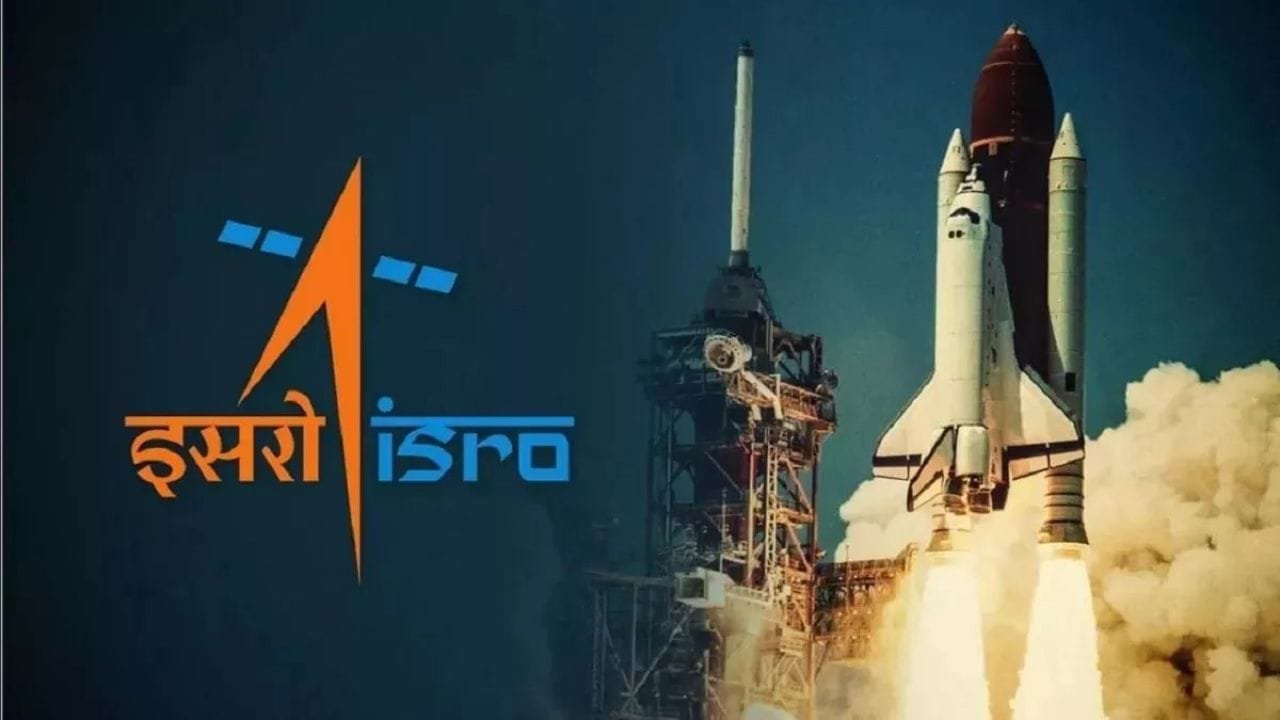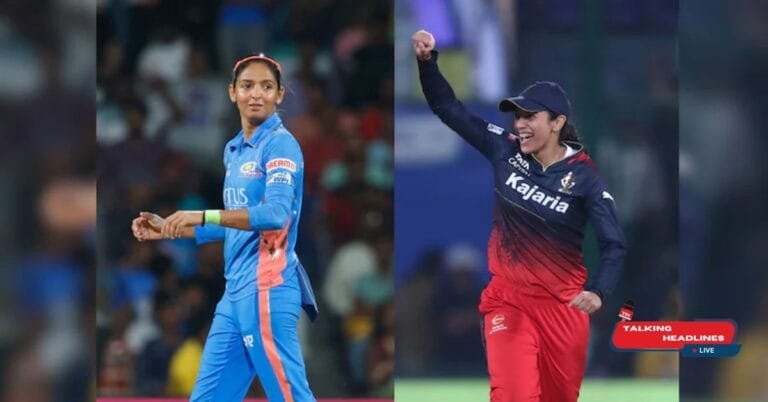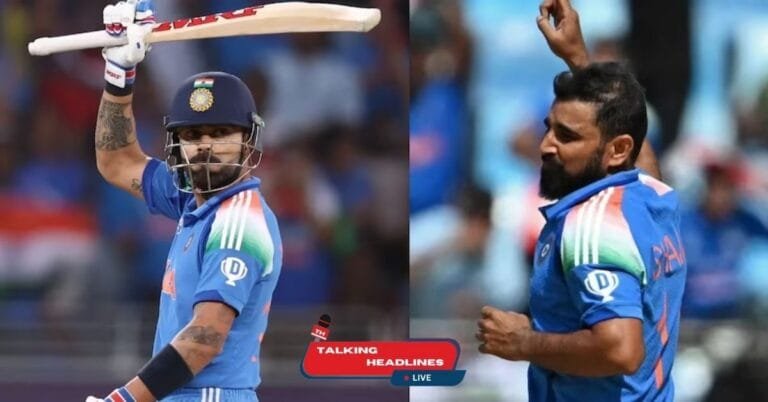On December 30th, for the first time in its history, India sent two satellites into orbit to conduct the first-ever space docking experiment. The ISRO organization used PSLV-C60 rocket from Sriharikota to orbit the Space Docking Experiment (SpaDeX), the first of its kind. Anand Mahindra, Chairman of Mahindra Group, took to X to share his joy and pride for what ISRO and India has achieved.
SpaDeX Deployed! So, ISRO informed everyone of the progress made on X about SpaDeX. Successful separation of SpaDeX satellites is another feather in Sparrow and India Space Administrative Organization cap.”
Anand Mahindra retweeted it, saying, “The ‘R’ in ISRO can also stand for relenting.” Forceful in the attainment of their objectives as well as their purpose. They’re unstoppable.”
Internet’s Reaction
This put into mixed reactions which saw many people congratulating ISRO for successfully achieving what it aimed to do. It was applauded by the observers for operation expense control and quality, charge of which was raised to express that ISRO is still setting international standards in space technology. The success and survival of ISRO were also appreciated with reference to other leading organisations. They were deemed as responsive icons to progress and excellence and hence proving a stupendous example to others through their indomitable zeal towards growth and achievements both ISRO n Mahindra.
About PSLV
This was with the PSLV-C60 mission with two satellites: SDX01 (Chaser) and SDX02 (Target) suited for complex operations meant to lead to docking. This performance places India as a pioneer of autonomous docking Innovation and a key strength needed going forward to be able to conduct more lunar missions and the construction of the Bharatiya Antariksh Station.
What is SpaDeX?
They both are cost effective technology demonstration with specific goals of showing the capability of in-space docking with two small spacecraft launched by PSLV. Space exploration and scientific research require new technology, and ISRO relies on this innovative technology to meet India’s challenging goals of lunar, sample return, and BAS missions. Close formation can be required for a wide range of space missions, particularly those which need multiple launching to achieve unified goals. This has placed India in a league of very few countries— the United States, Russia and China— that have been able to master the complicated space docking technology.





















+ There are no comments
Add yours